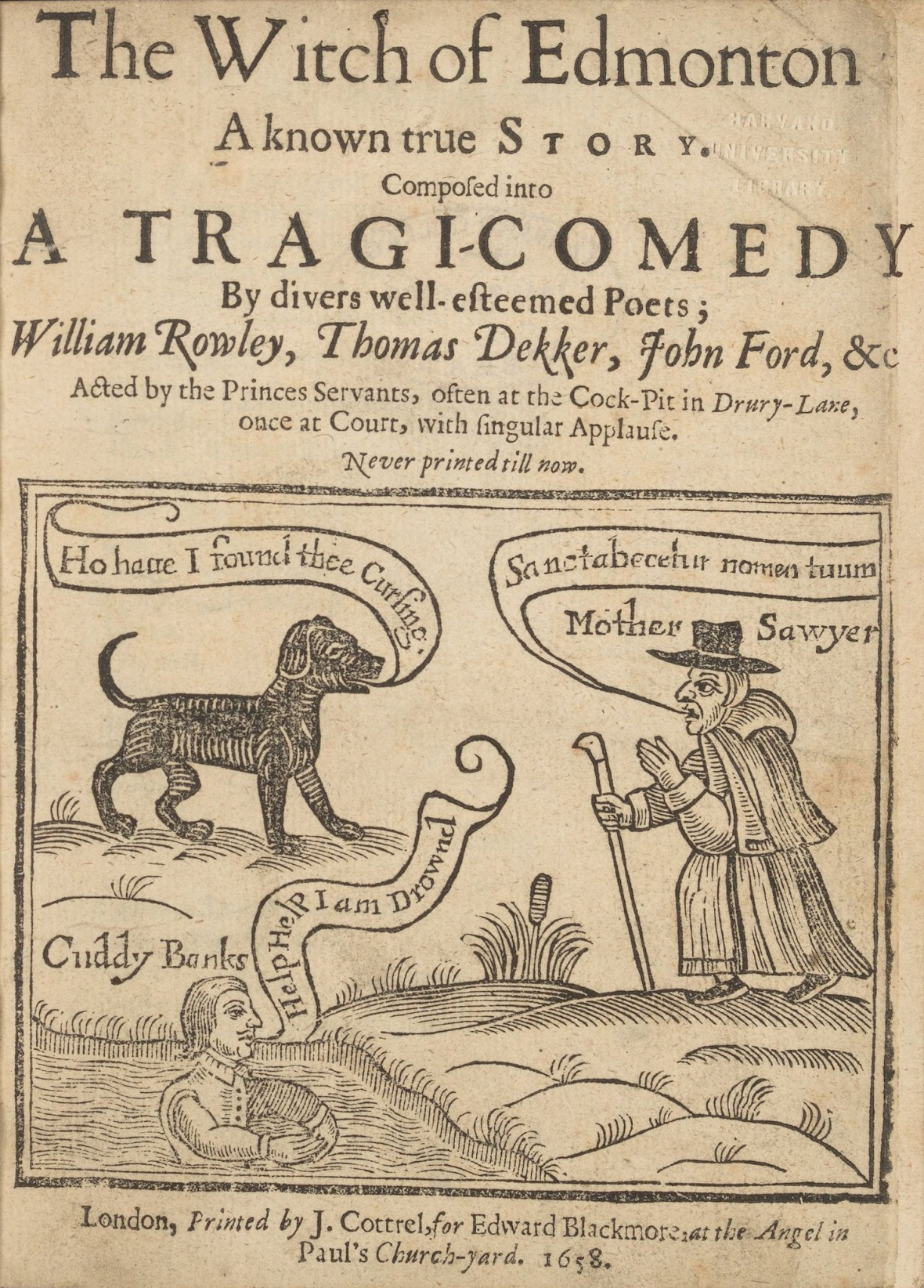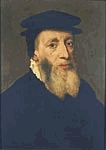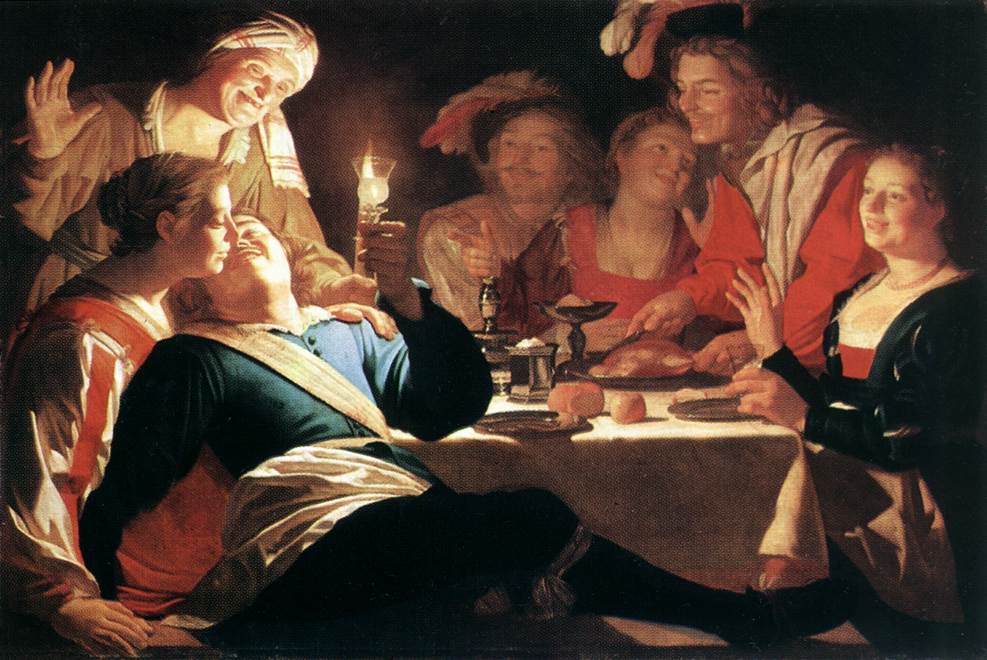|
Madonna (name)
Madonna () is a name from the 16th century, originally used as a respectful form of address to an Italian woman. It comes from Old Italian phrase ''ma donna'' which means "my lady". It was later adopted as one of titles for Mary, mother of Jesus in Roman Catholic tradition in the 17th century. According to various international observers, including linguists, the name has become prominently associated with American singer Madonna since the late twentieth century. She registered her name for trademark in the United States during the 1980s. Her trademark was also recognized internationally when she won a legal case in 2000 through the United Nations' arbitration at the World Intellectual Property Organization (WIPO). Etymology and title for Mary, mother of Jesus Madonna comes from Old Italian language words of ''ma'' ("my") and ''donna'' ("lady"). In modern Italian, "my lady" is translated as ''mia donna''. The name is alternatively spelled as ''Madona'' and ''Madonnah''. Its ... [...More Info...] [...Related Items...] OR: [Wikipedia] [Google] [Baidu] |
Italian Language
Italian (''italiano'' or ) is a Romance language of the Indo-European language family that evolved from the Vulgar Latin of the Roman Empire. Together with Sardinian, Italian is the least divergent language from Latin. Spoken by about 85 million people (2022), Italian is an official language in Italy, Switzerland (Ticino and the Grisons), San Marino, and Vatican City. It has an official minority status in western Istria (Croatia and Slovenia). Italian is also spoken by large immigrant and expatriate communities in the Americas and Australia.Ethnologue report for language code:ita (Italy) – Gordon, Raymond G., Jr. (ed.), 2005. Ethnologue: Languages of the World, Fifteenth edition. Dallas, Tex.: SIL International. Online version Itali ... [...More Info...] [...Related Items...] OR: [Wikipedia] [Google] [Baidu] |
Merriam-Webster
Merriam-Webster, Inc. is an American company that publishes reference books and is especially known for its dictionaries. It is the oldest dictionary publisher in the United States. In 1831, George and Charles Merriam founded the company as G & C Merriam Co. in Springfield, Massachusetts. In 1843, after Noah Webster died, the company bought the rights to ''An American Dictionary of the English Language'' from Webster's estate. All Merriam-Webster dictionaries trace their lineage to this source. In 1964, Encyclopædia Britannica, Inc. acquired Merriam-Webster, Inc. as a subsidiary. The company adopted its current name in 1982. History Noah Webster In 1806, Webster published his first dictionary, ''A Compendious Dictionary of the English Language''. In 1807 Webster started two decades of intensive work to expand his publication into a fully comprehensive dictionary, ''An American Dictionary of the English Language''. To help him trace the etymology of words, Webster learned ... [...More Info...] [...Related Items...] OR: [Wikipedia] [Google] [Baidu] |
Madonna (art)
In art, a Madonna () is a representation of Mary, either alone or with her child Jesus. These images are central icons for both the Catholic and Orthodox churches. The word is (archaic). The Madonna and Child type is very prevalent in Christian iconography, divided into many traditional subtypes especially in Eastern Orthodox iconography, often known after the location of a notable icon of the type, such as the ''Theotokos of Vladimir'', ''Agiosoritissa'', ''Blachernitissa'', etc., or descriptive of the depicted posture, as in ''Hodegetria'', ''Eleusa'', etc. The term ''Madonna'' in the sense of "picture or statue of the Virgin Mary" enters English usage in the 17th century, primarily in reference to works of the Italian Renaissance. In an Eastern Orthodox context, such images are typically known as ''Theotokos''. "Madonna" may be generally used of representations of Mary, with or without the infant Jesus, is the focus and central figure of the image, possibly flanked ... [...More Info...] [...Related Items...] OR: [Wikipedia] [Google] [Baidu] |
Renaissance
The Renaissance ( , ) , from , with the same meanings. is a period in European history marking the transition from the Middle Ages to modernity and covering the 15th and 16th centuries, characterized by an effort to revive and surpass ideas and achievements of classical antiquity. It occurred after the Crisis of the Late Middle Ages and was associated with great social change. In addition to the standard periodization, proponents of a "long Renaissance" may put its beginning in the 14th century and its end in the 17th century. The traditional view focuses more on the early modern aspects of the Renaissance and argues that it was a break from the past, but many historians today focus more on its medieval aspects and argue that it was an extension of the Middle Ages. However, the beginnings of the period – the early Renaissance of the 15th century and the Italian Proto-Renaissance from around 1250 or 1300 – overlap considerably with the Late Middle Ages, conventionally da ... [...More Info...] [...Related Items...] OR: [Wikipedia] [Google] [Baidu] |
Christianity In The 17th Century
17th-century Missionary activity in Asia and the Americas grew strongly, put down roots, and developed its institutions, though it met with strong resistance in Japan in particular. At the same time Christian colonization of some areas outside Europe succeeded, driven by economic as well as religious reasons. Christian traders were heavily involved in the Atlantic slave trade, which had the effect of transporting Africans into Christian communities. A land war between Christianity and Islam continued, in the form of the campaigns of the Habsburg Empire and Ottoman Empire in the Balkans, a turning point coming at Vienna in 1683. The Tsardom of Russia, where Orthodox Christianity was the established religion, expanded eastwards into Siberia and Central Asia, regions of Islamic and shamanistic beliefs, and also southwest into the Ukraine, where the Uniate Eastern Catholic Churches arose. There was a very large volume of Christian literature published, particularly controversial ... [...More Info...] [...Related Items...] OR: [Wikipedia] [Google] [Baidu] |
Balboa Press
Hay House is a publisher founded in 1984 by author Louise Hay, who is known for her books on New Thought. Hay House has its headquarters in Carlsbad, California, and is (as of 2018) run by Reid Tracy. Hay House describes itself as a "mind-body-spirit and transformational enterprise". Their target audience are readers interested in self-help, personal growth, and alternative medicine. History Hay House was founded in 1984, and incorporated in 1987, to market Louise Hay's self-help books, including, ''Heal Your Body'' and '' You Can Heal Your Life''. Soon after, Hay House began publishing for other authors that fall into the category of mind-body-spirit such as Wayne Dyer, Suze Orman, Deepak Chopra, Marianne Williamson, Sylvia Browne, Tavis Smiley, Esther Hicks and Doreen Virtue. Reid Tracy joined Hay House as an accountant in 1988. He went on to take over as the CEO in 1990 at the age of 25. They are headquartered in Carlsbad, Ca ... [...More Info...] [...Related Items...] OR: [Wikipedia] [Google] [Baidu] |
Bloomsbury Academic
Bloomsbury Publishing plc is a British worldwide publishing house of fiction and non-fiction. It is a constituent of the FTSE SmallCap Index. Bloomsbury's head office is located in Bloomsbury, an area of the London Borough of Camden. It has a US publishing office located in New York City, an India publishing office in New Delhi, an Australia sales office in Sydney CBD and other publishing offices in the UK including in Oxford. The company's growth over the past two decades is primarily attributable to the '' Harry Potter'' series by J. K. Rowling and, from 2008, to the development of its academic and professional publishing division. The Bloomsbury Academic & Professional division won the Bookseller Industry Award for Academic, Educational & Professional Publisher of the Year in both 2013 and 2014. Divisions Bloomsbury Publishing group has two separate publishing divisions—the Consumer division and the Non-Consumer division—supported by group functions, namely Sales and M ... [...More Info...] [...Related Items...] OR: [Wikipedia] [Google] [Baidu] |
Blurt, Master Constable
''Blurt, Master Constable, or the Spaniards' Night Walk'' is a late Elizabethan comedy, printed anonymously in 1602 and usually attributed to either Thomas Middleton or Thomas Dekker. The subtitle of the play, "The Spaniards' Night Walk," together with an allusion to the Spanish in Ireland in its final scene, helps to fix the date of composition to late 1601 or early 1602, following the Spanish landing in Ireland in September 1601 and their role in the battle of Kinsale. It was entered into the Stationers' Register on 7 June 1602, and published later in that year in quarto, printed by Edward Allde for the bookseller Henry Rocket. The title page of the quarto states that the play was acted by the Children of Paul's, one of the troupes of boy actors performing at the time. Authorship There is no direct attribution of authorship in any contemporary source. Francis Kirkman, the Restoration era printer, attributed the play to Thomas Middleton in 1661. Thomas Dekker was first linke ... [...More Info...] [...Related Items...] OR: [Wikipedia] [Google] [Baidu] |
Thomas Dekker (writer)
Thomas Dekker (c. 1572 – 25 August 1632) was an English Elizabethan dramatist and pamphleteer, a versatile and prolific writer, whose career spanned several decades and brought him into contact with many of the period's most famous dramatists. Early life Little is known of Dekker's early life or origins. From references in his pamphlets, Dekker is believed to have been born in London around 1572, but nothing is known for certain about his youth. His last name suggests Dutch ancestry, and his work, some of which is translated from Latin, suggests that he attended grammar school. Career Dekker embarked on a career as a theatre writer in the middle 1590s. His handwriting is found in the manuscript of ''Sir Thomas More'', though the date of his involvement is undetermined. More certain is his work as a playwright for the Admiral's Men of Philip Henslowe, in whose account book he is first mentioned in early 1598. While there are plays connected with his name performed as early as ... [...More Info...] [...Related Items...] OR: [Wikipedia] [Google] [Baidu] |
Early Modern Britain
Early modern Britain is the history of the island of Great Britain roughly corresponding to the 16th, 17th and 18th centuries. Major historical events in early modern British history include numerous wars, especially with France, along with the English Renaissance, the English Reformation and Scottish Reformation, the English Civil War, the Restoration of Charles II, the Glorious Revolution, the Treaty of Union, the Scottish Enlightenment and the formation and the collapse of the First British Empire. England during the Tudor period (1486–1603) English Renaissance The term, "English Renaissance" is used by many historians to refer to a cultural movement in England in the 16th and 17th centuries that was heavily influenced by the Italian Renaissance. This movement is characterised by the flowering of English music (particularly the English adoption and development of the madrigal), notable achievements in drama (by William Shakespeare, Christopher Marlowe, and Ben Jon ... [...More Info...] [...Related Items...] OR: [Wikipedia] [Google] [Baidu] |
Prostitution In Early Modern England
Prostitution in early modern England was defined by a series of attempts by kings, queens, and other government officials to prohibit people from working in the sex industry. There was an ebb and flow to the prohibition orders, which were separated by periods of indifference at various level of the English government. Areas like Southwark that had cultivated a reputation as a hub for prostitution and entertainment, originally outside of the jurisdiction of London, were incorporated into the city during the early modern period. Some illicit businesses in these areas continued to offer their services to interested patrons more discretely, but many brothels and related businesses reemerged in less conspicuous areas of London, disguised as other kinds of businesses. Prostitutes represented a diverse range of economic and social classes in early modern England. Women entered the sex industry for various reasons, but the primary factor was poverty. This could refer to someone born into a ... [...More Info...] [...Related Items...] OR: [Wikipedia] [Google] [Baidu] |
.jpg)






